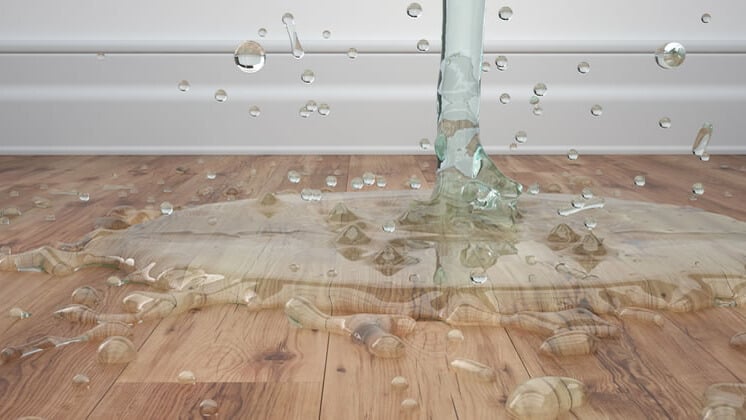
Water damage in homes is not an inevitability, but it is an increasingly high risk. The likelihood of experiencing water damage depends on several factors, including the location of the home, its construction and maintenance, and the steps taken by homeowners to mitigate risks. Here are some key considerations:
- Location and Climate: Homes in areas prone to flooding, heavy rain, or hurricanes are more likely to experience water damage. Similarly, homes in regions with heavy snowfall may be at risk of damage from melting snow or ice dams.
- Home Maintenance: Regular maintenance can significantly reduce the risk of water damage. This includes cleaning gutters, inspecting roofs and plumbing, and ensuring proper drainage around the home.
- Waterproofing Measures: Installing sump pumps, using waterproof materials in basements, and ensuring proper sealing of doors and windows can help prevent water intrusion.
- Age and Condition of the Home: Older homes may have the highest risk to be more susceptible to water damage due to deteriorating pipes, roofs, and foundations.
- Landscaping and Terrain: Proper landscaping can help direct water away from the home, while homes built on slopes or uneven terrain might be more at risk.
- Proactive Measures: Maintaining appliances and knowing how to shut off the home’s water supply can prevent or minimize damage. Installing water detection sensors, especially ones with “shut-off” at the main line shows your insurance company that you are a serious person with pride in ownership.
While it’s impossible to completely eliminate the risk of water damage, homeowners can take proactive steps to reduce the likelihood and potential severity of such incidents. Regular maintenance and awareness of the specific risks associated with their property are key in mitigating the impact of water damage.